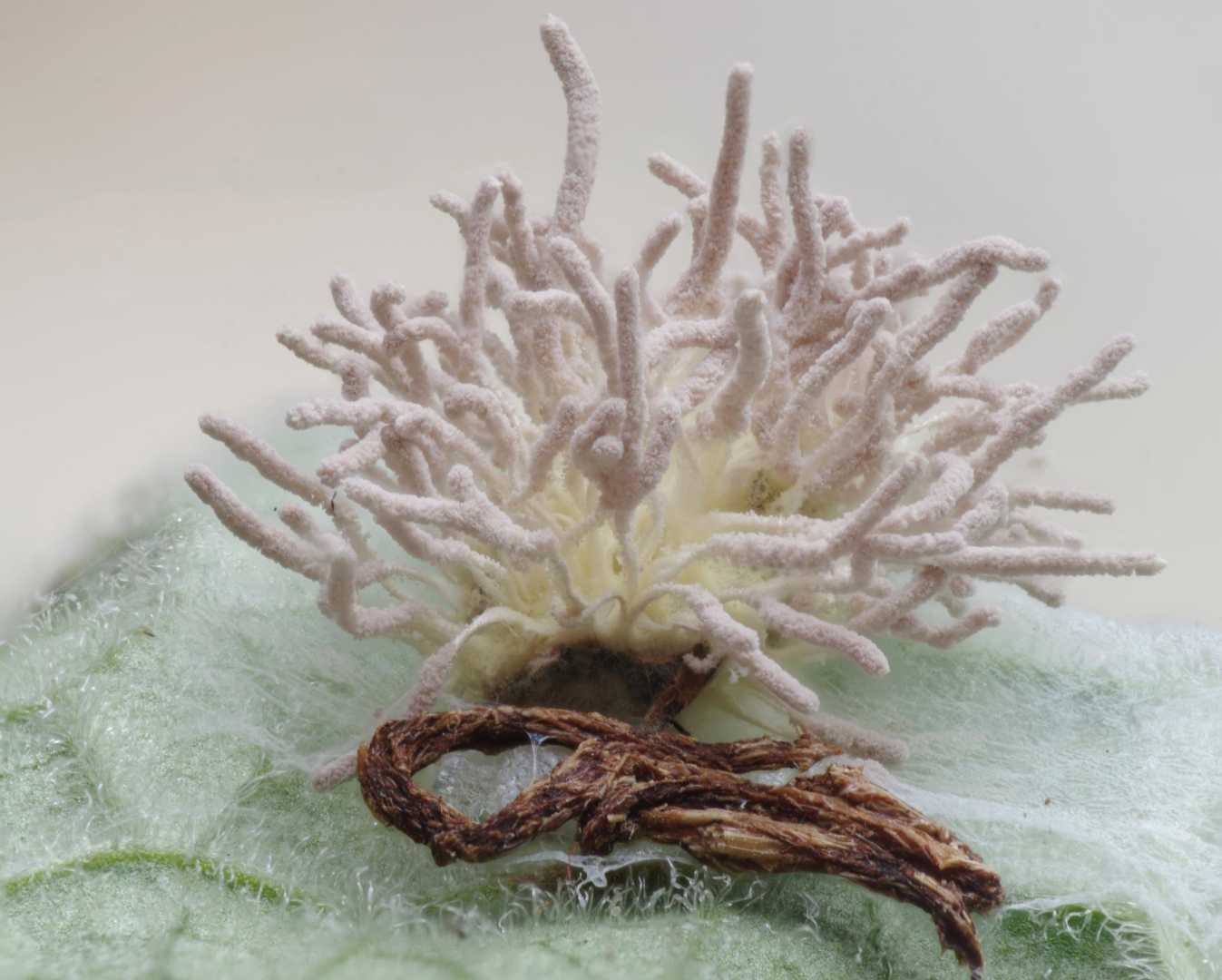News
Zombie Fungus Discovered in Scottish Rainforest

A rare fungus known for turning spiders into “zombies” has been discovered in Scotland’s rainforest, shedding light on the diversity of the region’s ecosystems. The Gibellula fungus, part of the Cordycipitaceae family, has been scarcely recorded in Scotland, with only ten sightings over the past 70 years, according to reports from The Times.
The Gibellula fungus preys on spiders by consuming them from within while leaving their exoskeleton intact. As the fungus matures, it produces a fruiting body that emerges from the spider’s corpse, spreading spores to infect a new host. Though the Cordyceps fungus, which inspired the apocalyptic series “The Last of Us,” is genetically similar, it exclusively infects insects and other arthropods.
Recently, amateur naturalist Ben Mitchell discovered two specimens of the Gibellula fungus in the West Cowal Habitat Restoration Project. The project, overseen by the Argyll and the Isles Coast Countryside Trust, aims to revive the temperate rainforest, covering an area of 45,000 hectares between Loch Fyne and Loch Striven. “It’s been great to be part of this project, and I’ve found so many species,” Mitchell commented. “My favorite by far has definitely been the Gibellula fungus.”
This temperate rainforest supports a diverse range of plant and animal life, including mosses, liverworts, lichens, rare birds, and butterflies. The rainforest is characterized by its high rainfall and mild climate, which make it a unique habitat. In addition to the Gibellula, the restoration project has uncovered other species, such as colorful slime molds, glow-worms, moths, and jellyfish.
The restoration initiative is part of the Alliance for Scotland’s Rainforest, a coalition of 24 organizations that manage projects across nearly 300,000 hectares, representing over 15 percent of potential rainforest areas in Scotland. This coalition focuses on addressing habitat degradation through measures such as rhododendron control and deer management, which are crucial for ecosystem restoration.
Ian Dow, woodland coordinator for the Argyll trust, emphasized the importance of the project, stating, “The terrain in this part of the world can be challenging, and the area to be covered is huge, so there haven’t been any proper surveys done here since the 1980s.” With reduced levels of acid rain, conditions are now ripe for exploration and documentation of this valuable biome.












